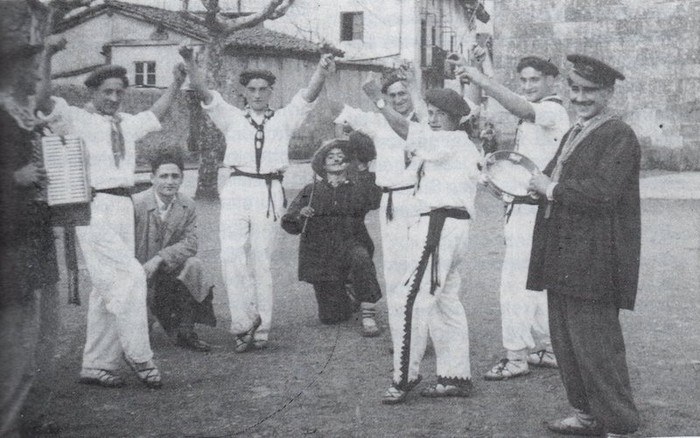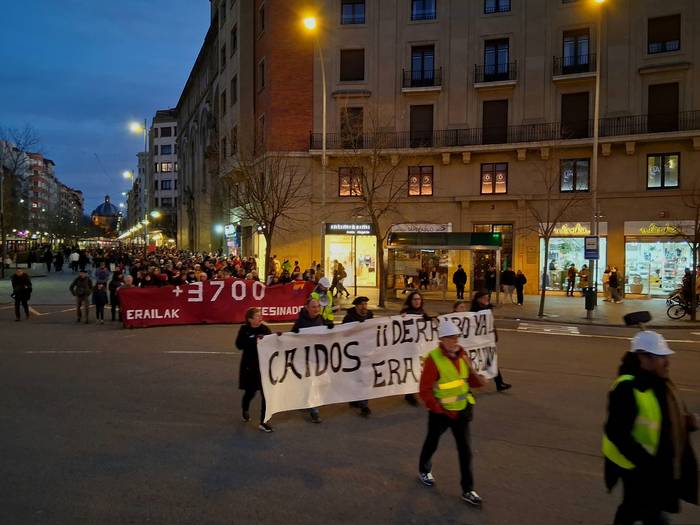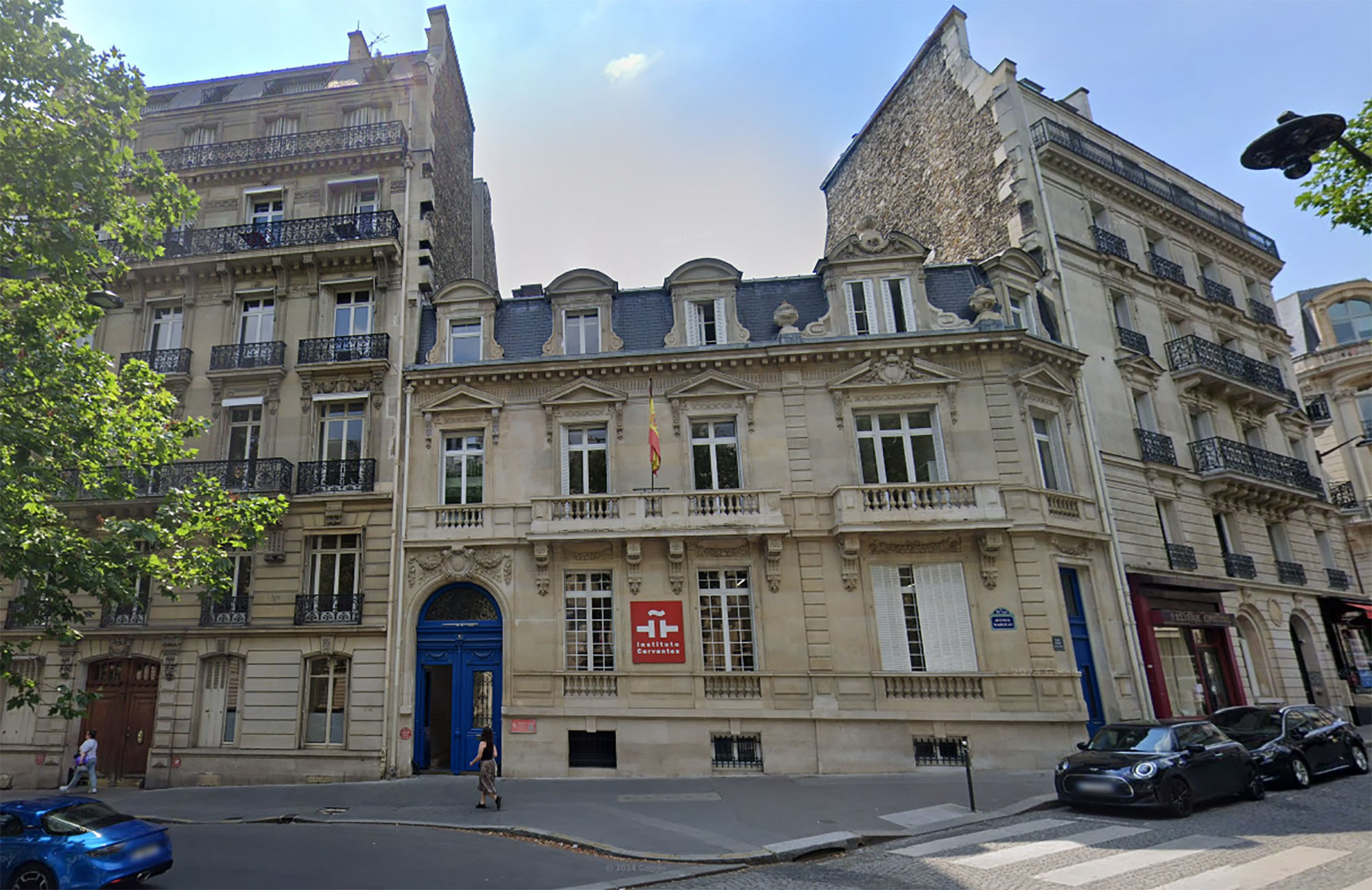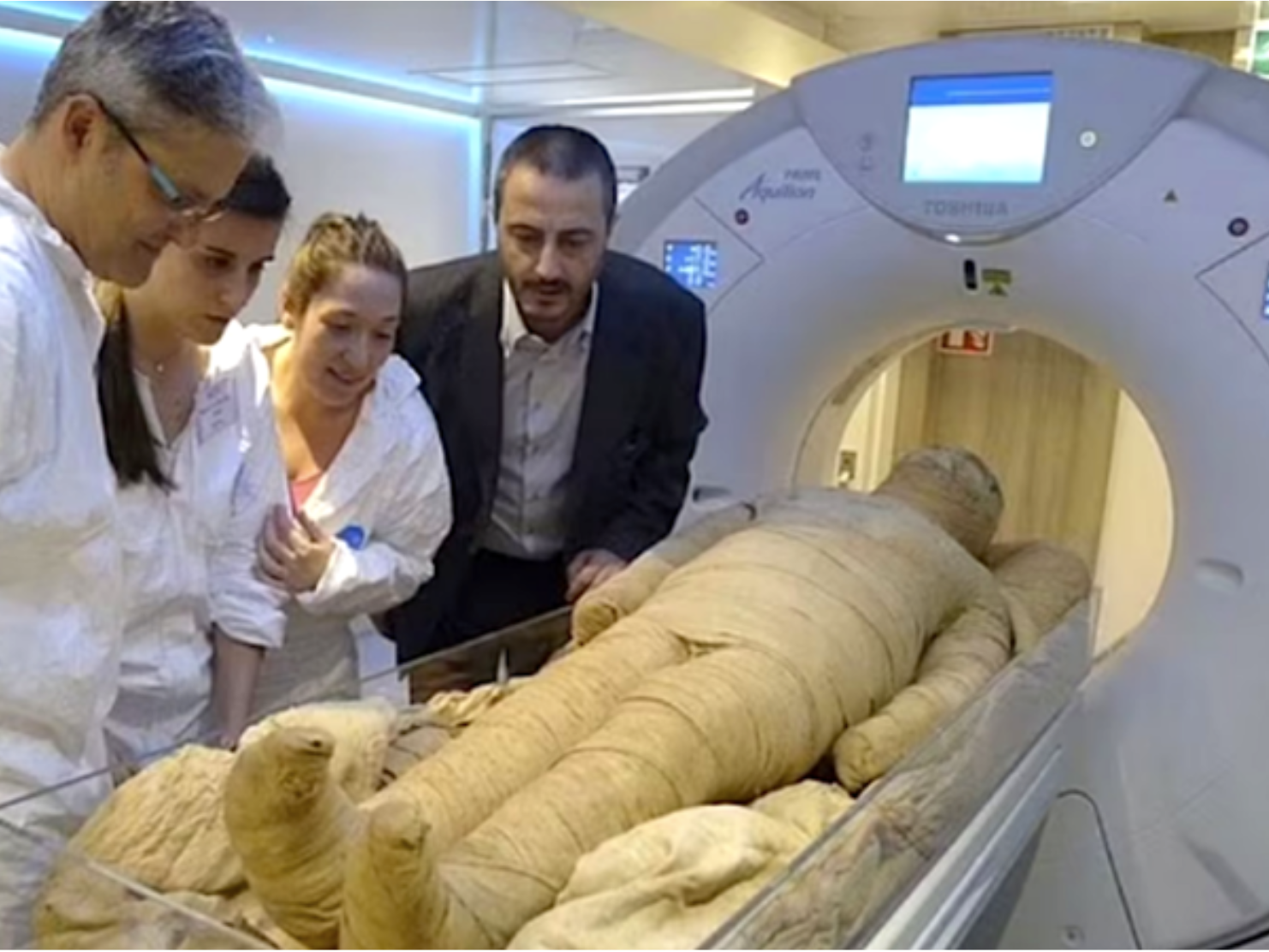The real tragedies of Euripides
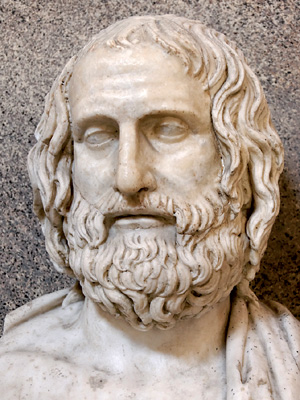
Strait of Euripo (Greece), 18th century BC. 480. During the Second Medical War, the urban states of Greece fought against the forces of the Persian Empire in the naval battle of Salamina. The second attempt to invade Greece by the Persians was in vain and the battle was won by the Greeks.
On the same day of victory, the son of the tabernacles Clitonis and Mnesarco was born in Salamina. It was given as a good sign of triumph and coincidence of birth, which would be a good luck for the child. Thus, the battle ended near the Strait of the Euripe, and the newborn was given the name of Euripides.
These optimistic predictions started to break in childhood. The Euripides himself wrote that the parents did not get along and that the child was caught by continuous
confrontations. Despite being a good student, he had trouble channeling his career. He first tried to be an athlete. Then, drawn to the paintings of Polygon of Athens, he began his passion for being a painter. He also began to be a teacher and philosopher of rhetoric. But in all of them, it had failed.
Finally, he stood out in the tragedy. He was one of the three main playwrights in ancient Greece, along with Eskilo and Sophocles. It is believed that he wrote about 95 tragedies, although only eighteen or nineteen have been retained. The innovations that Euripides introduced in the tragedy would have a great influence on theatrical creation. For example, it was not usual to deal with the same respect and force as a female figure; Medea is a clear example of this. But at the time Euripides was not successful enough.
The experts considered the writer's works to be excellent. Socrates was an intimate friend of his and the great philosopher went to the theater to see the works of Euripides. But in general, the public considered their tragedies boring. Sophocles won twenty contests of tragedies; Esquilo, thirteen; Euripides, only four. This partial triumph led to permanent concern in Salamina’s writer.
As if it were not enough, Euripides was suffering from a serious halitosis and people were not approaching it. However, she managed to get married twice.
In the 15th century a. In 408, Euripides fled the turbulence of the city and went to Macedonia when King Arquelao I invited him to live in court. But the situation gradually continued. In the 15th century a. According to legend, Euripides died in 406, devoured by a flock of dogs. Their tragedies didn't end there. Several years after the writer's death, a poison water spring emerged next to his grave. Thus, as the stench of life's allies, the visitor moved away from the sources after his death.
Archaeologists have discovered more than 600 engraved stones at the Vasagård site in Denmark. According to the results of the data, dating back to 4,900 years ago, it is also known that a violent eruption of a volcano occurred in Alaska at that time. The effects of this... [+]
Vietnam, February 7, 1965. The U.S. Air Force first used napalma against the civilian population. It was not the first time that gelatinous gasoline was used. It began to be launched with bombs during World War II and, in Vietnam itself, it was used during the Indochina War in... [+]
I just saw a series from another sad detective. All the plots take place on a remote island in Scotland. You know how these fictions work: many dead, ordinary people but not so many, and the dark green landscape. This time it reminded me of a trip I made to the Scottish... [+]
Japan, 8th century. In the middle of the Nara Era they began to use the term furoshiki, but until the Edo Era (XVII-XIX. the 20th century) did not spread. Furoshiki is the art of collecting objects in ovens, but its etymology makes its origin clear: furo means bath and shiki... [+]
In an Egyptian mummy of 3,300 years ago, traces of Yersinia pestis, the bacterium that caused the Justinian plague in the 6th century and the Black Plague in the 14th century, have just been found.
Experts until now believed that at that time the plague had spread only in... [+]













